Cepsa to invest €3B in Andalusia to build the largest green hydrogen hub in Europe; additional €2B for renewable power
Green Car Congress
DECEMBER 5, 2022
Cepsa—the Spain-based multinational oil and gas company—will invest more than €3 billion to establish the Andalusian Green Hydrogen Valley, creating the largest green hydrogen hub in Europe in southern Spain. The company will build two plants with a total capacity of 2 GW to produce green hydrogen.

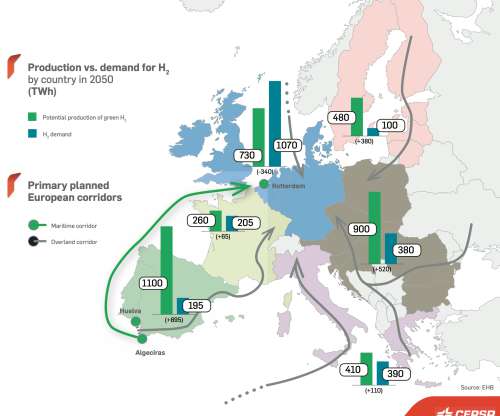
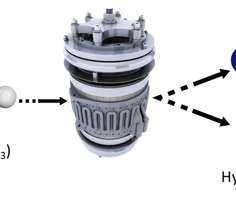
















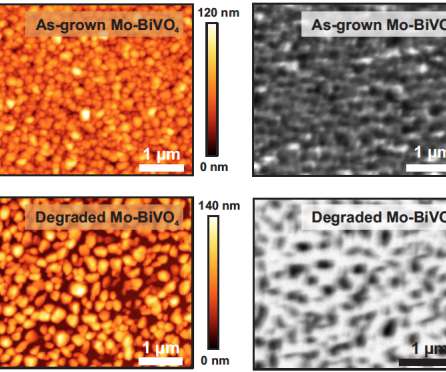



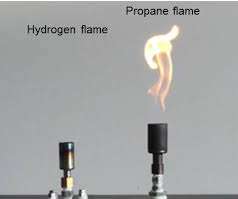








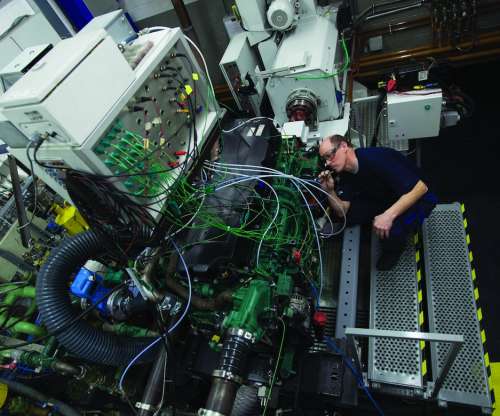
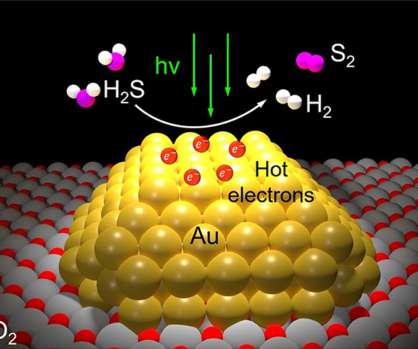








Let's personalize your content